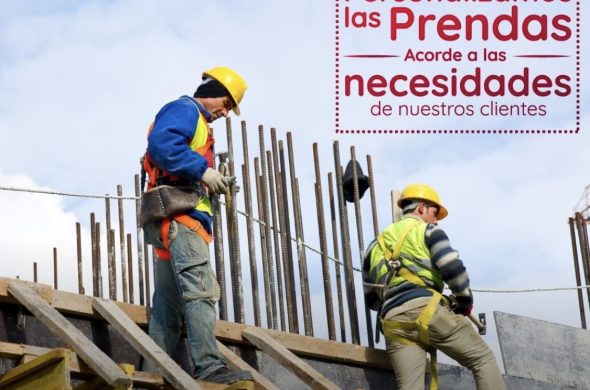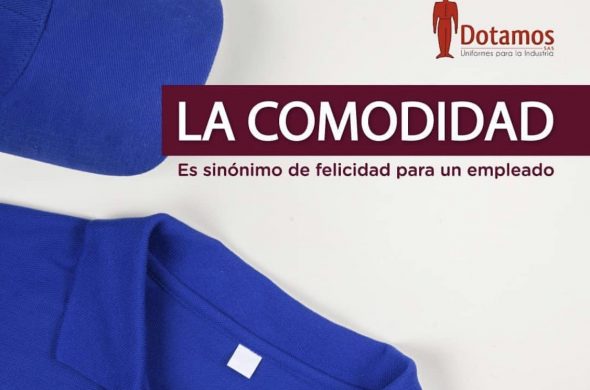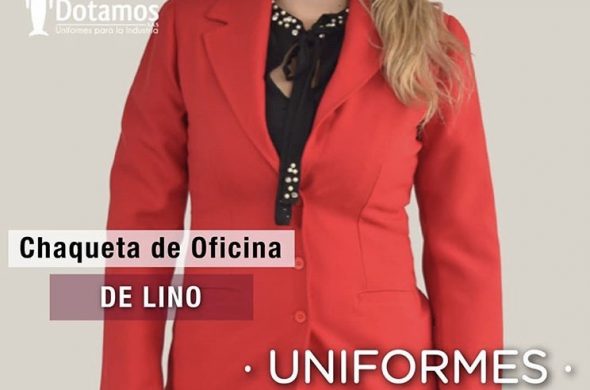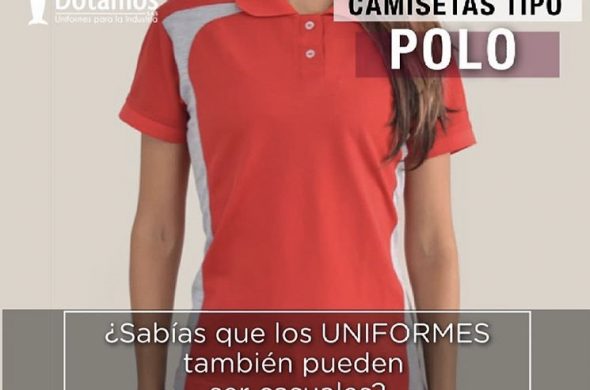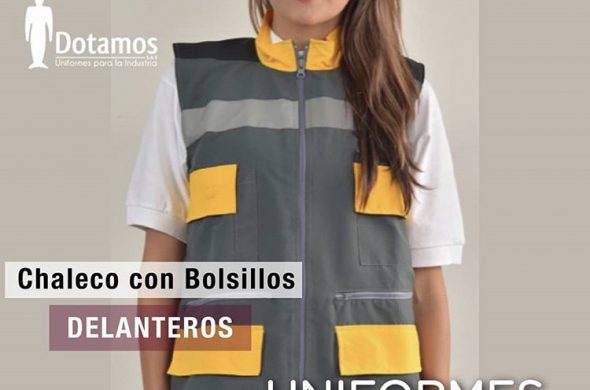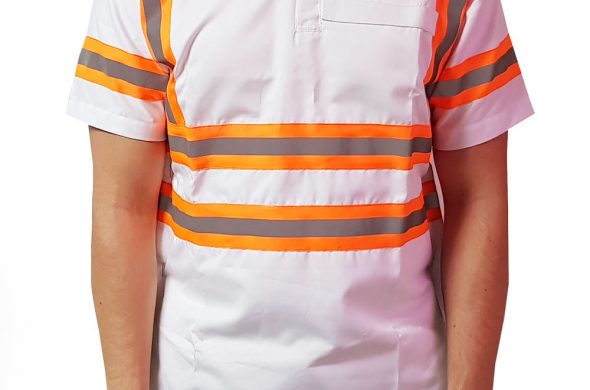5 Most Common Employee Uniform Complaints, and How To Turn Gripes into Useful Insights
Introducing a new uniform policy to your business can be very exciting, however it always pays to understand what your employees think to help advise your new uniform. Help yourself by being proactive and engaging your workforce to address any potential concerns, early in the process. In DOTAMOS S.A.S We’ve put together the 5 most common corporate uniform complaints, and provided you with tips on how to answer them in a way that will put smiles on everyone’s faces.
1) “My workwear is uncomfortable”
One of the most common complaints made by employees about their uniforms is that it is uncomfortable. The important thing to understand is why they are uncomfortable, so you can do something about it. Is it a poor fit, or is it poor fabric quality, is there another feature on the garment that is irritating your staff? Ill-fitting uniforms in some jobs can not only be uncomfortable, but it can make the employee feel self-conscious about their appearance – which may affect their job performance. Most reputable uniform suppliers will assist you to measure up your staff, or give you the tools you need to make the task easier. If budget allows, aim to get a sizing grid to use in your office when sizing up each employee. A sizing grid is a set of garments in all the common sizes you will likely need for your workforce. This allows employees to try on a sample of the actual garment to check it fits. This way they feel in control and can choose a size they feel comfortable in.
2) I don’t feel like “me” in a uniform
Conforming to a uniform can be confronting for some, or considered to be less glamorous by others. Common feedback is that employees can’t express themselves and they find uniforms “unflattering”. This can cause cultural unrest in your team if you don’t pay attention, resulting in underperforming, disgruntled individuals who may not feel as confident in a uniform they have not had input in. Where possible, allow some flexibility in the uniform policy for individuals to express themselves. That may come in the form of allowing them to choose what items in the uniform range they want to wear on a given day, or the flexibility to add complementary accessories, neck ties or shoes of their choosing.
3) I haven’t been issued with enough uniforms
Some companies make the mistake of not supplying their employees with sufficient quantities of their uniform, which can result in additional stress for the staff member to ensure they have a clean uniform to wear each day. Ideally you want enough uniform items to easily rotate between wearing, dirty, washing and drying at any given time. Consult your staff on the preferred number of items they feel they need to comfortably manage their uniforms on a weekly basis. Where possible, allow them the option to buy additional garments, at their own cost, if they require more than the allocated uniform budget.
4) The uniform is outdated
Updating or establishing a corporate uniform can find itself at the bottom of the priority list for many companies as they look to meet targets, achieve goals, and manage the day-to day operations. Staff morale can take a hit when they realise that other companies have kept up with trends to evolve their corporate uniform, and they haven’t. This can lead to feelings of embarrassment, feeling out of place or unconfident on their way to and from work. Align your uniform objectives with your brand objectives. If you are aiming to for your brand to stay relevant and in touch with the latest trends in your industry, you should not underestimate the power of a relevant corporate uniform to help your brand stand out in customer’s minds. Ultimately, you want your employees to genuinely like their uniform and feel proud wearing it.
5) The uniform isn’t communicating properly
Some companies operate on an “if it ain’t broke don’t fix it” rule, but when it comes to uniforms you might want to reassess its relevance every couple of years. This will help you make sure the uniform still aligns with your company’s vision and customer base. Uniforms used to be just that – a uniform. These days, uniforms have a more sophisticated approach, where different departments can have purpose-specific, complementary uniforms, that are appropriate to their different roles. Where possible, involve your employees in the decision-making process when kitting out the different teams in your business.
In summary…
People are always going to complain, but gaining appropriate insights early in the process will help you understand your employees viewpoint, their concerns, and importantly, identify ideas that could add value to the uniform program. Emphasise that it’s more than just a “corporate uniform”, but an opportunity to show off your brand in its best light, and advertise the business in a way that amplifies the success of the company as a whole.
If you are unsure how to manage a change to your uniform program, get in touch and the team here at DOTAMOS S.A.S will help guide you through the process. Our style experts have retail, styling, and fashion experience, and can help you create a unique uniform program specifically for your business.

